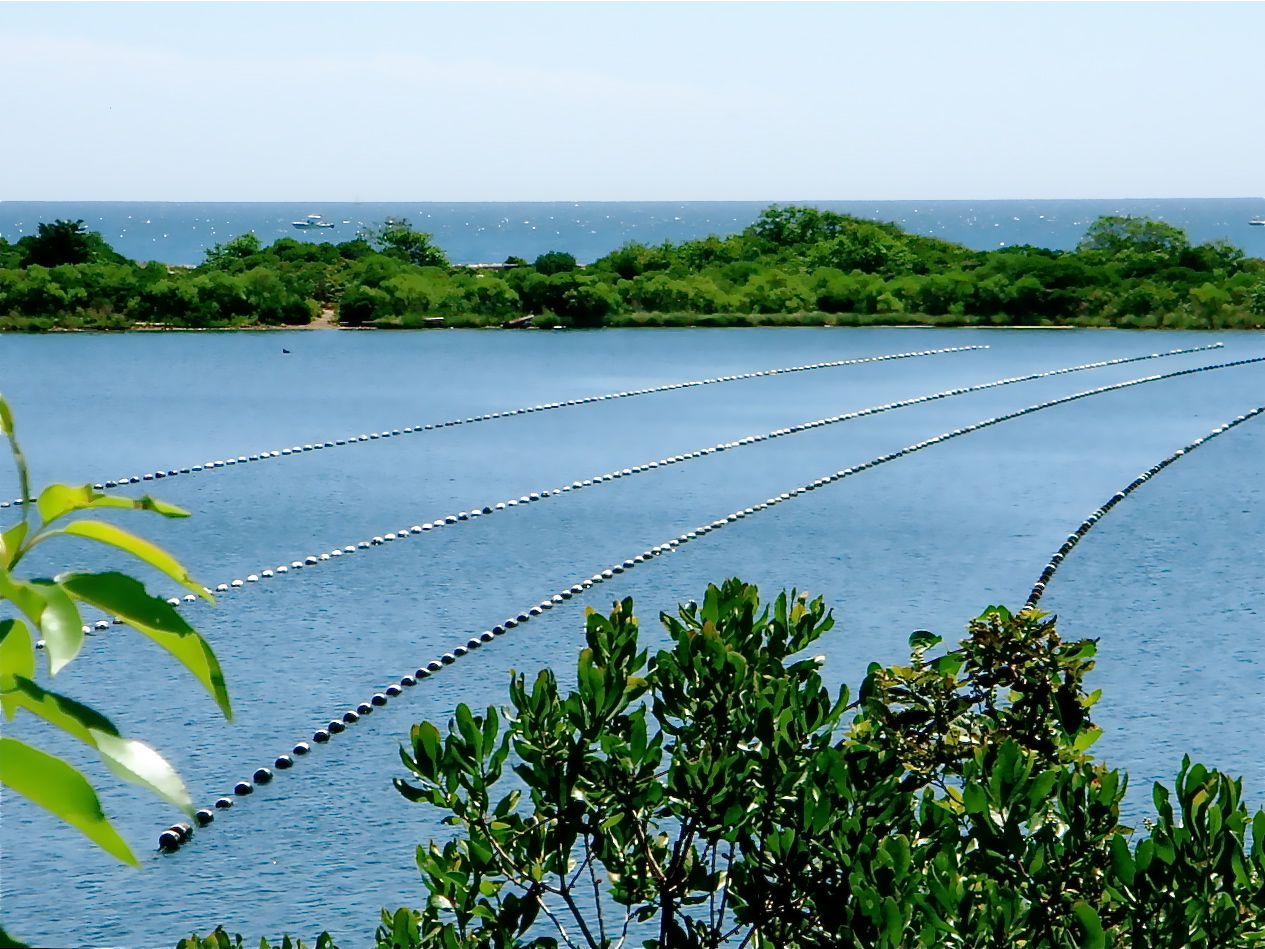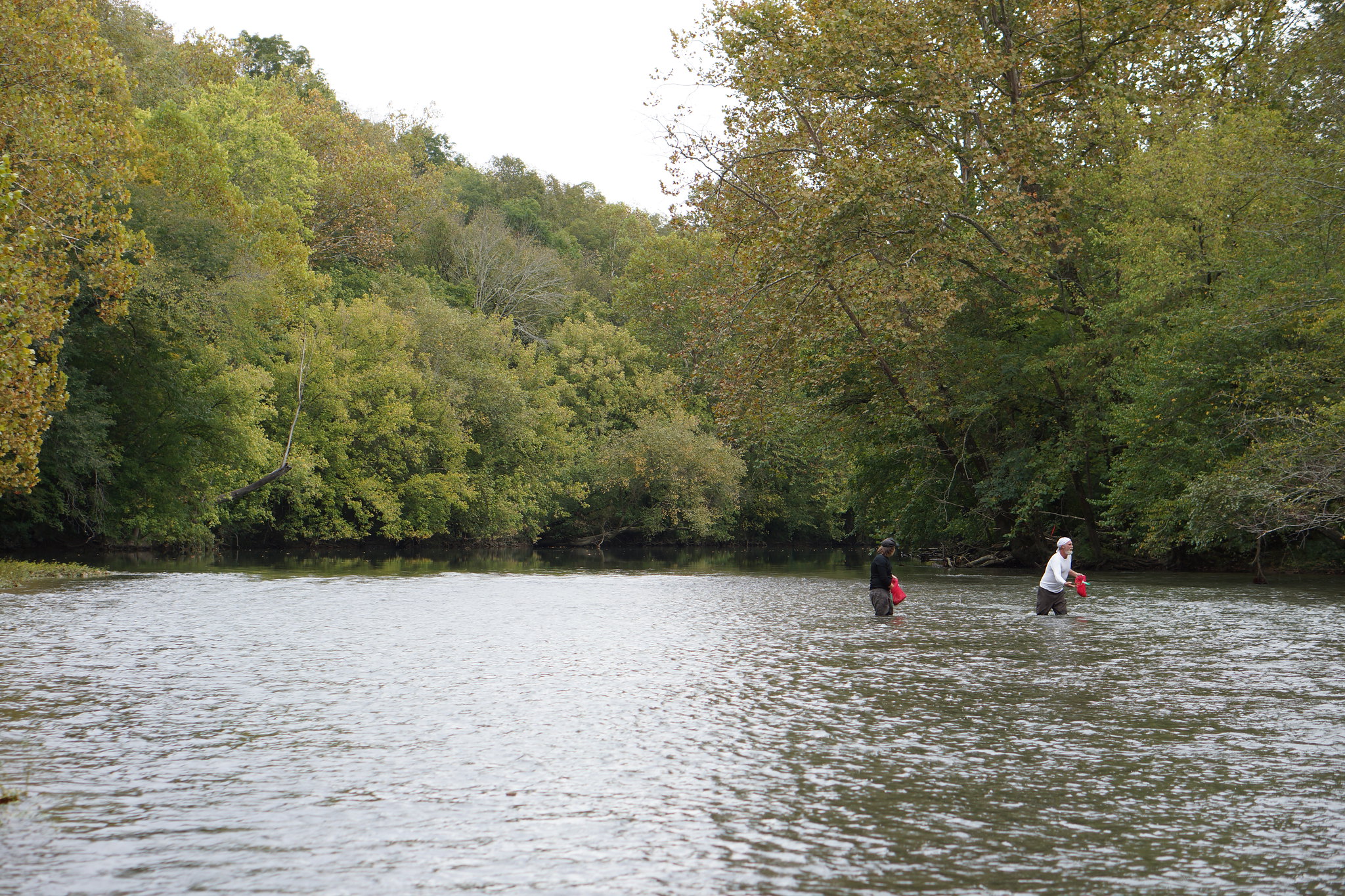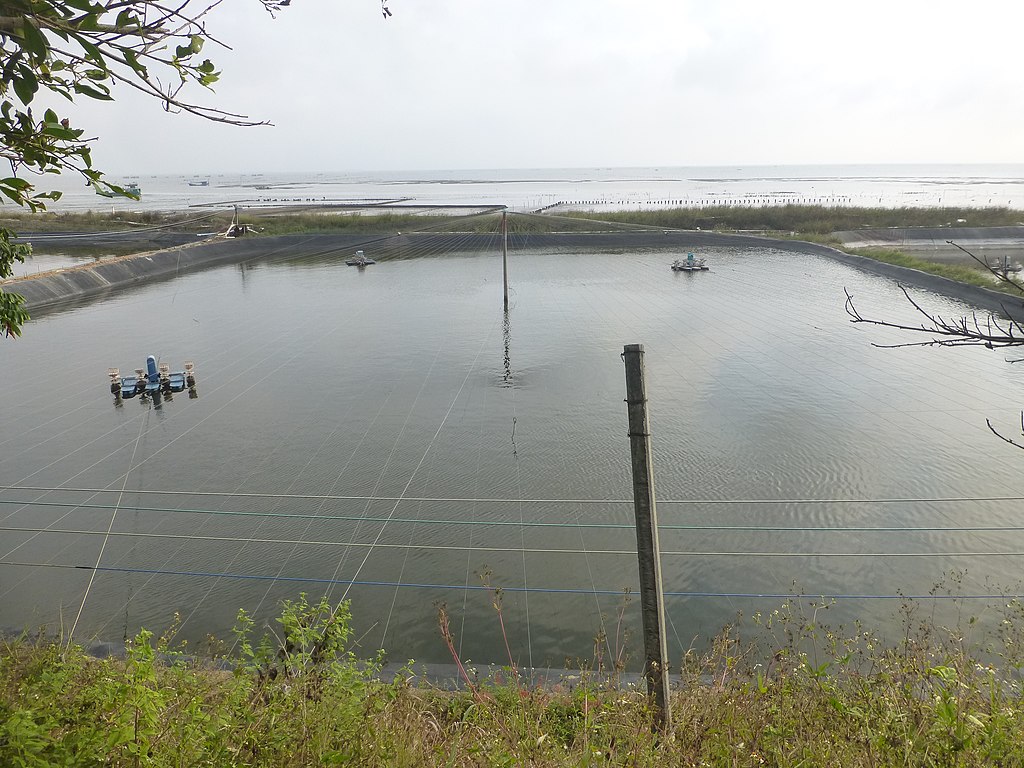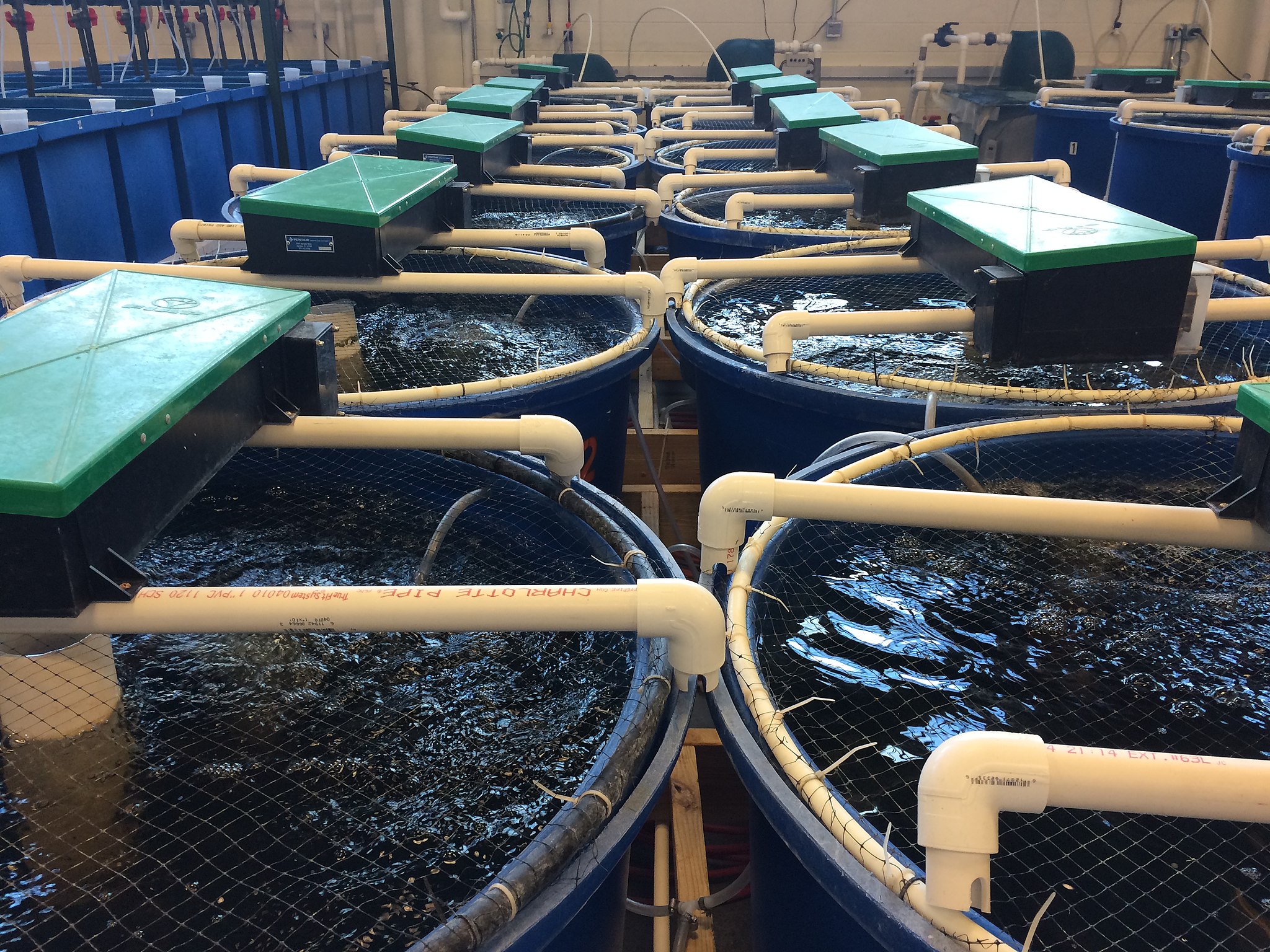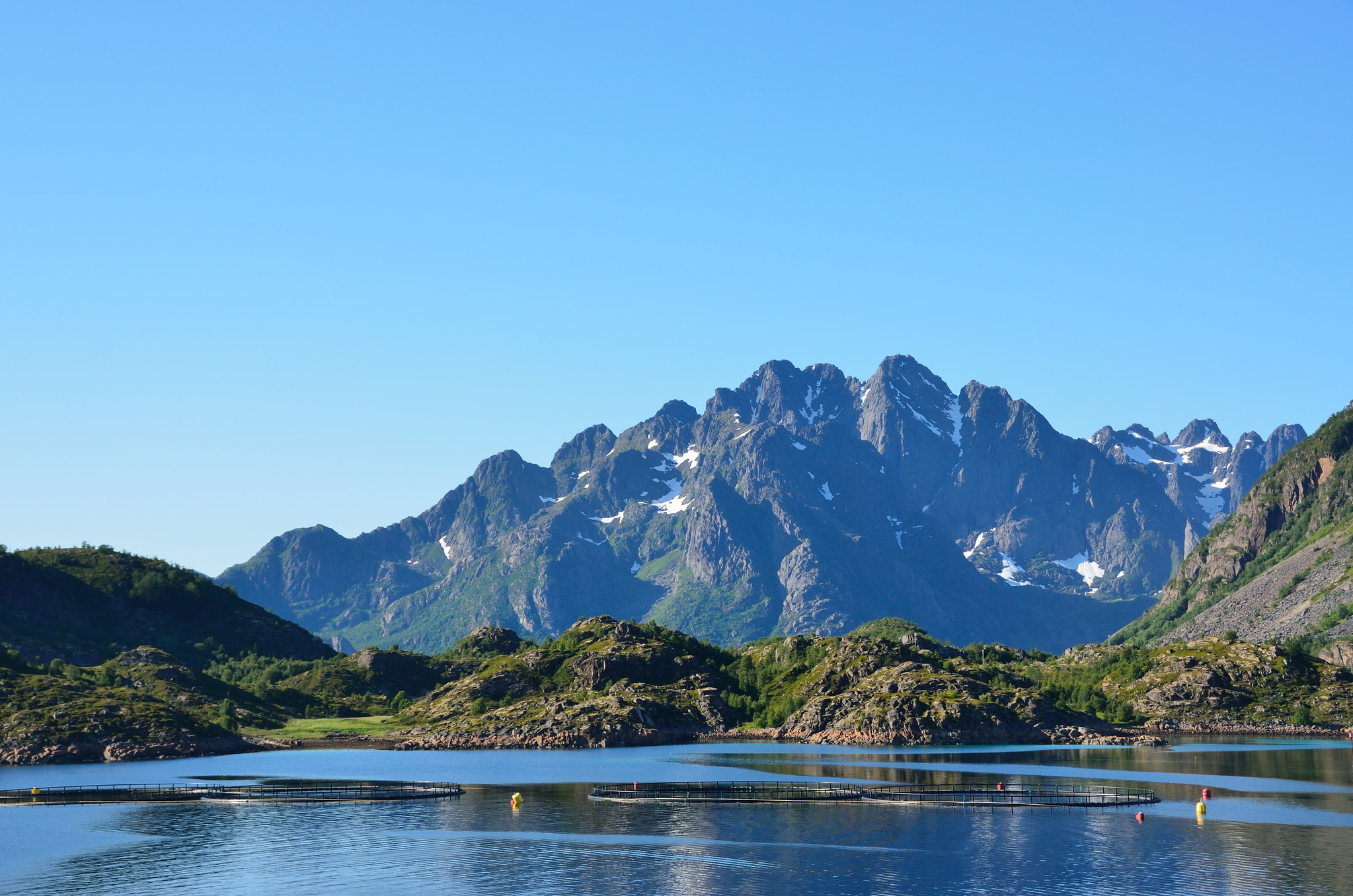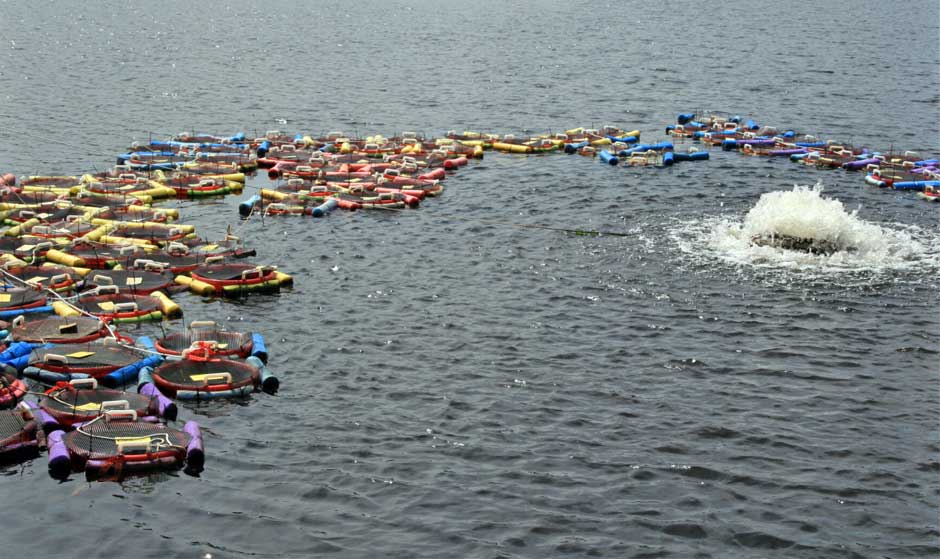Posts for tag "aquaculture pen"
Designing an Observational Early Warning System for Aquaculture
Marine aquaculture operations require close environmental monitoring to ensure the farmed species remains healthy. Because ocean conditions can change quickly, continuous monitoring and the creation of a targeted early warning system can help protect aquaculture farms and...
- Posted April 14, 2025
Real-Time Monitoring Systems in Aquaculture
Monitoring in aquaculture settings is necessary to avoid fish kills, expensive losses, disease, and other water quality-associated complications. Temperature, dissolved oxygen, pH, and other key water quality parameters can all impact growth and production in ponds, so...
- Posted April 7, 2025
Impacts of Thermal Stress on Aquatic Species
Under a rapidly changing climate, aquatic ecosystems are exposed to varying temperature extremes—both cold and hot—leading to thermal stress on aquatic species. As defined by Scient Direct, thermal stress refers to the impact on normal physiological functioning...
- Posted March 31, 2025
Mitigating Nitrous Oxide Production in Aquaculture Facilities
As the world turns its focus to refining aquaculture to meet global food demands sustainably, the environmental impact of aquaculture cannot be ignored. In particular, emissions of nitrous oxide and other greenhouse gases from aquaculture facilities can...
- Posted March 17, 2025
IoT in Fish Farming: How Cloud-Based Innovation Improve Aquaculture Operations
Aquaculture, also referred to as fish farming, is globally recognized as an essential component of ensuring that future generations do not suffer from food insecurity. While current operations allow for high yields, researchers and fish farm managers...
- Posted December 30, 2024
Creating Sustainable Aquaculture Practices for the Future
Perfecting sustainable aquaculture is a key component to ensuring that future generations have access to food. In particular, as the global population increases, aquaculture needs to become more efficient and preserve natural resources at the same time. ...
- Posted December 16, 2024
Automated Water Quality Monitoring in Aquaculture Facilities
Aquaculture as an alternative to commercial fishing has seen a boom over the last decade as the global demand for seafood grows. Seen as an alternative to aggressive fishing practices, well-managed aquaculture facilities consistently produce seafood without...
- Posted December 2, 2024
Dissolved Oxygen: A Key Component to Ethical Aquaculture
Monitoring and maintaining dissolved oxygen levels in aquaculture ponds is part of an ecosystem wide approach for raising aquatic animals.
- Posted November 4, 2020

